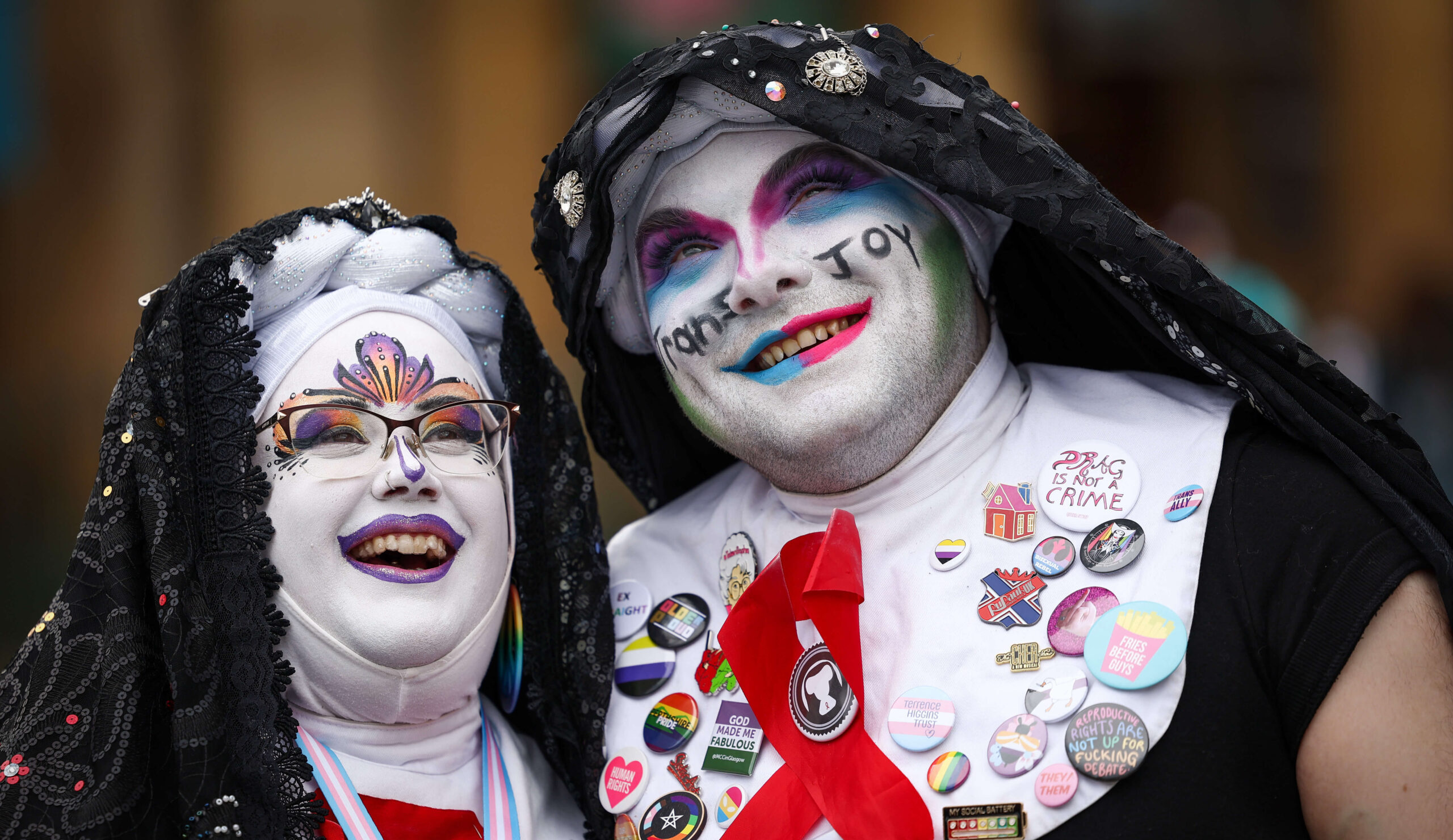Coming Apart: The State of White America, 1960–2010
by Charles Murray
(New York: Crown Forum, 2012)
Near the end of their controversial bestseller, The Bell Curve, Richard Herrnstein and Charles Murray summarized their thoughts about intelligence and class structure in contemporary American society with gloomy predictions about the future. Our increasingly high-tech and worldwide economy, where competition is fierce and huge sums of capital are at stake, will require business and government to recruit the highest IQs. The brainiest individuals (the “cognitive elite”), coming mainly from elite universities, will then command enormous salaries and perquisites. Those will allow them to merge with the already affluent strata to form a new upper class. With their educational backgrounds and their intellectual tastes, members of the “cognitive elite” will seek out the company of their peers, becoming more and more isolated from the rest of society. The downside of this high-tech, global-reaching meritocracy, however, will be the “deteriorating quality of life for people at the bottom end of the cognitive ability distribution.” In short, the poorly educated and / or not-so-bright among us will lose their unskilled or semiskilled jobs to low-wage Third World workers or to technological innovation. American society will polarize.
Herrnstein died shortly before The Bell Curve appeared, in 1994, but Murray has followed it up with this new book, Coming Apart, which elaborates on their forebodings. Basing his work on two longitudinal studies, the Current Population Survey and the General Social Survey, Murray concludes that by 2010 America had indeed polarized. The “cognitive elite” now included the topmost individuals in the political, financial, and media worlds plus senior military officers, high-level civil servants, business executives just below the CEO rank, and the most prestigious people in the liberal professions. Their incomes placed them in the richest 20 percent of all households. Most of them were graduates from elite colleges that acted as “sorting mechanisms” for entry into the new upper class. Moreover, this new upper class tended to be increasingly isolated, culturally and physically, from the rest of society. More intellectual and cosmopolitan than their fellow Americans, they lived in locales where they and their children intermingled only with people like themselves. And they were more likely to marry people of the same high IQ level and educational background: a practice Murray calls “homogamy.”
To present a composite portrait of the new upper class and its lifestyle, Murray uses a fictional neighborhood called Belmont, which is loosely based on a real affluent suburb of Boston. The people of Murray’s Belmont still adhere, more or less, to the old civic virtues that built America. They are industrious: both men and women practice their professions and work longer hours than most people do, although their schedules are often quite flexible, and many of them work at home. They enjoy their work because it gives them a sense of accomplishment and often requires foreign travel. The elite have greater job security, too, because their talents are not easily replaceable.
On the other hand, the new upper class is not as religious, philanthropic, or civic-minded as American elites—even the so-called Robber Barons—used to be. Nor, given the recent examples of malfeasance on Wall Street, or at Enron and WorldCom, does the new upper class seem to believe that “honesty pays.” Still, people in the new elite are usually married and are less likely to divorce. Most of them tell interviewers that extramarital sex is always wrong, and indeed single mothers and cohabiting couples are relatively infrequent within this class. A very high percentage of married people in the elite said that they were happy in their “homogamous” marriages.
The bottom 30 percent of the social spectrum lives in Murray’s fictional neighborhood of Fishtown, which also has a real-life counterpart in a poor part of Philadelphia. From the very beginning of Coming Apart, Murray emphasizes that the poverty and dismal lifestyle of Fishtown are not the products of racial or ethnic minorities. His study is confined to America’s white, non-Hispanic population. In the case of Fishtown, these are people of relatively low IQ, with only a high school education or less, and no skills beyond what are needed for blue collar or low-level white collar employment.
The inhabitants of Fishtown are not your traditional poor but pious lower classes. Religious belief and church attendance are even rarer there than they are in Belmont. Murray suggests that this may make conditions in Fishtown more hopeless because, traditionally, active involvement in church affairs was a training ground for acquiring civic skills. The loss of such “social capital” and the decline of religious scruples open the way to dysfunctional behavior. In the past fifty years the divorce rate has risen sharply, and so has the incidence of illegitimate births. Cohabitation and single motherhood are common. Of those who are married, only slightly more than half said they were happy. About a fourth of Fishtown’s inhabitants between the ages of 30 and 49 have never married. The decay of religion also probably accounts for Fishtown’s disproportionate contribution to the prison population. And many of those who are not in jail are nevertheless on parole or probation.
The work ethic has eroded, too. More people are on welfare, and more who could work are claiming physical disability. Unemployment and part-time employment rates have risen, but those affected prefer to watch television rather than look for a job. Murray, going back to an even earlier work of his, Losing Ground (1984), blames the welfare state for allowing people to “game the system” and live without working. No doubt there is much truth in that charge, but it also is true that in our age of increasing technology and globalization, there is less demand in this country for unskilled labor. Still, Murray insists there are jobs to be had for those willing to look for them, as shown by the great increase in illegal immigration. He fails to mention, however, that the underground economy pays Third World wages.
Do these trends pose a serious problem for America? Murray believes they do. He argues that American exceptionalism was based on four fundamental virtues: stable marriages and families, religiosity, honesty, and industriousness. They combined to create a democratic society characterized by civic involvement, neighborliness, social mobility, and a sense of personal responsibility toward others. The erosion of these virtues presages a social breakdown. Increasing dishonesty and vulgarity in both public and private contemporary life are symptoms that the disease is already pretty far along.
Can anything be done to reverse this decline? Like a good social scientist, Murray would look to the elite for leadership. Unfortunately, despite its wealth, intelligence, and power, the new upper class is “hollow at the core” and lacks the self-confidence to lead. Raised on multiculturalism and relativism, it is nonjudgmental. You must not call people lazy who don’t want to work, and children born out of wedlock are not to be called illegitimate. Criminals are not responsible for their behavior: it is “society’s fault.” Promiscuity, cohabitation, and homosexuality are just sexual preferences. Not only does the upper class fail to lead society, but the vulgarities of lower-class life are gradually seeping upward with the spread of “popular culture,” resulting in the “proletarianization of the dominant minority.”
In The Bell Curve, Herrnstein and Murray predicted that politicians and intellectuals would eventually come to realize that a dull-witted underclass is biologically condemned to a subculture of crime, addiction, family disorganization, child abuse, and unavailability for work. No amount of social engineering, however vigorous or comprehensive, can change that. They were forced to conclude that the only alternative is to contain those people with stricter policing, more incarceration, and more social workers to make sure that children are not left to starve. Herrnstein and Murray called this vision of the future “the Custodial State” and predicted it would be run by a highly centralized government to keep local elected officials from pandering to the denizens of the inner city.
In Coming Apart, Murray explains how he thinks the cognitive elite will finally abandon its nonjudgmentalism and apply firmer leadership to the task of restoring America’s “founding virtues.” He believes that the gradual implosion of the European welfare state will pose a timely warning to America and that genetic research and advances in the field of evolutionary psychology will provide scientific proof of the indispensable role of the traditional family for the raising of children. As the welfare state disintegrates, people will be forced to assume more responsibility for themselves and their families, and they will discover that they feel better about themselves as they do so. To inspire and reinforce these trends, Murray expresses his hopes for the coming of a new “Great Awakening”—the fourth in America’s history—that would reinvigorate religion and generate more “social capital.” Taken together, these changes would give America’s ruling elites the scientific and moral certainty to stand behind those in Fishtown who want to improve their community and help them make their lumpenproletariat neighbors behave. According to Murray, in Fishtown “there remains a core of civic virtue and involvement that could make headway against [its] problems if the people trying to do the right things get the reinforcement they need—not in the form of government assistance but in the validation of the values they continue to uphold.” The reaffirmation of traditional American values must begin at the top before spreading downward. But will this really happen? And will the Custodial State—if it arrives—really be compatible with traditional American values? ♦
Paul H. Lewis is a retired professor of political science from Tulane University. He now lives in Raleigh, North Carolina.














